Benzyl benzoate
Synonym(s):Benzoic acid benzyl ester;Benzyl benzoate;Benzylis benzoas
- CAS NO.:120-51-4
- Empirical Formula: C14H12O2
- Molecular Weight: 212.24
- MDL number: MFCD00003075
- EINECS: 204-402-9
- SAFETY DATA SHEET (SDS)
- Update Date: 2025-03-07 18:45:43
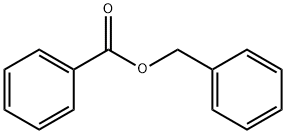
What is Benzyl benzoate?
Description
Benzyl benzoate is the ester of benzyl alcohol and benzoic acid, with the formula C6H5CH2O2CC6H5. This easily prepared compound with a mild balsamic odor has a variety of uses.Benzyl benzoate (BB) is one of the oldest drugs used for the treatment of scabies and is recommended as the “first-line intervention” for the cost-effective treatment of the disease.
Chemical properties
Benzyl Benzoate is the main component of Peru balsam oil. It occurs in fairly large amounts in a number of blossom concretes and absolutes (e.g., tuberose and hyacinth). It forms either a viscous liquid or solid flakes (mp 21–22°C) and has a weak, sweet, balsamic odor.
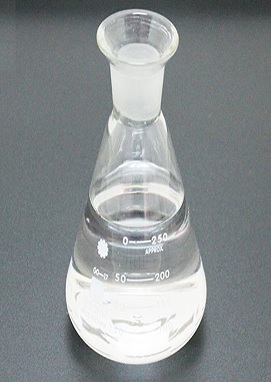
Benzyl Benzoate is prepared either by transesterification of technical methyl benzoate with benzyl alcohol or from benzyl chloride and sodium benzoate. A third process starts with benzaldehyde, which is converted in high yield into benzyl benzoate in the presence of sodium or aluminum benzylate (Tishchenko reaction). Benzyl benzoate is used in perfumery as a fixative and as a modifier in heavy blossom fragrances.
Occurrence
Contained in Peru balsam and in the concrete and absolute of tuberose flowers, hyacinth, Narcissus jonquilla L., and Dianthus caryophillus L.; also in the oil of ylang-ylang and in Tolu balsam. Reported found in American cranberry, cinnamon bark, cassia leaf, corn oil and hog plum (Spondias mombins L.).
The Uses of Benzyl benzoate
benzyl benzoate is an anti-microbial. It can also act as a solvent, helping dissolve other substances in the product, and as a perfuming ingredient. It is the ester of benzyl alcohol and benzoic acid.
The Uses of Benzyl benzoate
As solvent of cellulose acetate, nitrocellulose and artificial musk; substitute for camphor in celluloid and plastic pyroxylin Compounds; perfume fixative; in confectionery and chewing gum flavors.
The Uses of Benzyl benzoate
Benzyl benzoate, as a topical solution, may be used as an antiparasitic insecticide to kill the mites responsible for the skin condition scabies , for example as a combination drug of benzyl benzoate/disulfiram.
It has other uses :
a fixative in fragrances to improve the stability and other characteristics of the main ingredients
a food additive in artificial flavors
a plasticizer in cellulose and other polymers
a solvent for various chemical reactions
a treatment for sweet itch in horses
a treatment for scaly leg mites in chickens.
Indications
Used to kill lice and the mites responsible for the skin condition scabies.
Background
Benzyl benzoate is one of the older preparations used to treat scabies. Scabies is a skin infection caused by the mite sarcoptes scabiei. It is characterised by severe itching (particularly at night), red spots, and may lead to a secondary infection. Benzyl benzoate is lethal to this mite and so is useful in the treatment of scabies. It is also used to treat lice infestation of the head and body. Benzyl benzoate is not the treatment of choice for scabies due to its irritant properties.
Preparation
By the dry esterification of sodium benzoate and benzoyl chloride in the presence of triethylamine or by reaction of sodium benzylate on benzaldehyde.
Production Methods
BENZYL BENZOATE is produced by the Cannizzaro reaction from benzaldehyde, by esterifying benzyl alcohol with benzoic acid, or by treating sodium benzoate with benzyl chloride. It is purified by distillation and crystallization. Benzyl benzoate is used as a fixative and solvent for musk in perfumes and flavors, as a plasticizer, miticide, and in some external medications. The compound has been found effective in the treatment of scabies and pediculosis capitis (head lice, Pediculus humanus var. capitis).
Indications
Benzyl benzoate: 20% to 25%. This agent is relatively nontoxic and is widely
used in developing countries to treat scabies and pediculosis capitis and pubis.
Only a veterinary preparation is available in the United States. Benzyl benzoate is
synthetically derived from the esterification of benzoic acid with benzyl alcohol. Its
mechanism of action is unknown. It is toxic to Sarcoptes scabei and may be toxic
to Pediculosis capitis and Phthirus pubis. No resistance has been demonstrated
to date.
Benzyl benzoate can be used in a 5% emulsion to repel many arthropods and can
be used as a lotion to treat sarcoptic mange and canine pediculosis.
Definition
ChEBI: Benzyl benzoate is a benzoate ester obtained by the formal condensation of benzoic acid with benzyl alcohol. It has been isolated from the plant species of the genus Polyalthia. It has a role as a scabicide, an acaricide and a plant metabolite. It is a benzyl ester and a benzoate ester. It is functionally related to a benzoic acid.
Definition
Benzyl benzoate is produced from benzyl alcohol and sodium benzoate in the presence of triethylamine or by transesterification of methyl benzoate with benzyl alcohol in the presence of an alkali benzyl oxide. In another manufacturing process benzaldehyde is condensed to form benzyl benzoate in the presence of sodium (Claisen-Tishchenko condensation). The presence of a small amount of an aliphatic ether improves this reaction. Benzyl benzoate is a byproduct in the manufacture of benzoic acid by the oxidation of toluene; it is present in the benzoic acid distillation residue.
brand name
Pharmaceutic necessity for Dimercaprol [Injection]. Benylate (Sterling Winthrop).
Taste threshold values
Taste characteristics at 30 ppm: balsamic, fruity with powdery and berry nuances.
Synthesis Reference(s)
Journal of Heterocyclic Chemistry, 24, p. 187, 1987 DOI: 10.1002/jhet.5570240135
Tetrahedron Letters, 27, p. 2383, 1986 DOI: 10.1016/S0040-4039(00)84535-9
General Description
Benzyl benzoate is an aromatic ester that is used as a food flavoring agent. It has been identified as one of the main volatile aroma component of cranberry, mango and Egyptian Jasminum sambac flowers.
Hazard
Irritant to eyes, skin.
Flammability and Explosibility
Not classified
Pharmaceutical Applications
Benzyl benzoate is used as a solubilizing agent and nonaqueous
solvent in intramuscular injections at concentrations of
0.01–46.0% v/v, and as a solvent and plasticizer for cellulose
and nitrocellulose. It is also used in the preparation of spray-dried
powders using nanocapsules.
However, the most widespread pharmaceutical use of benzyl
benzoate is as a topical therapeutic agent in the treatment of
scabies. Benzyl benzoate is also used therapeutically as a
parasiticide in veterinary medicine.
Other applications of benzyl benzoate include its use as a
pediculicide, and as a solvent and fixative for flavors and perfumes
in cosmetics and food products.
Contact allergens
Benzyl benzoate is the ester of benzyl alcohol and benzoic acid. It is contained in Myroxylon pereirae and Tolu balsam. It is used in acaricide preparations against Sarcoptes scabiei or as a pediculicide. Direct contact may cause skin irritation, but rarely allergic contact dermatitis. As a fragrance allergen, benzyl benzoate has to be mentioned by name in EU cosmetics.
Biochem/physiol Actions
Benzyl benzoate is the condensation product of benzoic acid and benzyl alcohol. It is utilized for treating human scabies as well as kills house dust mite.
Pharmacokinetics
Benzyl benzoate is one of the older preparations used to treat scabies. Scabies is a skin infection caused by the mite sarcoptes scabiei. It is characterised by severe itching (particularly at night), red spots, and may lead to a secondary infection. Benzyl benzoate is lethal to this mite and so is useful in the treatment of scabies. It is also used to treat lice infestation of the head and body. Benzyl benzoate is not the treatment of choice for scabies due to its irritant properties.
Clinical Use
Benzyl benzoate is a naturally occurring ester obtained fromPeru balsam and other resins. It is also prepared syntheticallyfrom benzyl alcohol and benzoyl chloride. The ester isa clear colorless liquid with a faint aromatic odor. It is insolublein water but soluble in organic solvents.
Benzyl benzoate is an effective scabicide when appliedtopically. Immediate relief from itching probably resultsfrom a local anesthetic effect; however, a complete cureis frequently achieved with a single application of a 25%emulsion of benzyl benzoate in oleic acid, stabilized withtriethanolamine. This preparation has the additionaladvantage of being essentially odorless, nonstaining, andnonirritating to the skin. It is applied topically as a lotionover the entire dampened body, except the face.
Safety
Benzyl benzoate is metabolized by rapid hydrolysis to benzoic acid
and benzyl alcohol. Benzyl alcohol is then further metabolized to
hippuric acid, which is excreted in the urine.
Benzyl benzoate is widely used as a 25% v/v topical application
in the treatment of scabies and as an excipient in intramuscular
injections and oral products. Adverse reactions to benzyl benzoate
include skin irritation and hypersensitivity reactions. Oral ingestion
may cause harmful stimulation of the CNS and convulsions. Benzyl
benzoate should be avoided by perople with perfume allergy.
LD50 (cat, oral): 2.24 g/kg
LD50 (dog, oral): 22.44 g/kg
LD50 (guinea pig, oral): 1.0 g/kg
LD50 (mouse, oral): 1.4 g/kg
LD50 (rabbit, oral): 1.68 g/kg
LD50 (rabbit, skin): 4.0 g/kg
LD50 (rat, oral): 0.5 g/kg
LD50 (rat, skin): 4.0 g/kg
Synthesis
This colorless liquid is formally the condensation product of benzoic acid and benzyl alcohol. It can also be generated from benzaldehyde by the Tishchenko reaction.
Environmental Fate
Benzyl benzoate acts as a local irritant. At high levels of exposure, free benzoic acid may sequester significant amounts of acetyl coenzyme A (CoA), which could disrupt cholinergic signaling. Recent findings suggest that benzyl benzoate may have estrogenic properties.
Metabolism
Rapidly hydrolyzed to benzoic acid and benzyl alcohol, which is further oxidized to benzoic acid. The benzoic acid is conjugated with glycine to form hippuric acid.
Metabolism
Benzyl benzoate, a relatively non-toxic liquid widely used for the treatment of scabies, is converted into benzoic acid in vivo (Williams, 1959).
Toxicity
Oral, rabbit: LD50 = 1680 mg/kg; Skin, rabbit: LD50 = 4000 mg/kg. Symptoms of overdose include blister formation, crusting, itching, oozing, reddening, or scaling of skin; difficulty in urinating (dribbling); jerking movements; sudden loss of consciousness.
storage
Benzyl benzoate is stable when stored in tight, well-filled, lightresistant containers. Exposure to excessive heat (above 408℃) should be avoided.
Toxicity evaluation
Acute oral LD50 for rats: 1,700 mg/kg
Incompatibilities
Benzyl benzoate is incompatible with alkalis and oxidizing agents.
Regulatory Status
Included in the FDA Inactive Ingredients Database (IM injections and oral capsules). Included, as an active ingredient, in nonparenteral medicines licensed in the UK. Included in the Canadian List of Acceptable Non-medicinal Ingredients.
Properties of Benzyl benzoate
| Melting point: | 17-20 °C (lit.) |
| Boiling point: | 323-324 °C (lit.) |
| Density | 1.118 g/mL at 20 °C (lit.) |
| vapor pressure | 1 mm Hg ( 125 °C) |
| refractive index | n |
| FEMA | 2138 | BENZYL BENZOATE |
| Flash point: | 298 °F |
| storage temp. | 2-8°C |
| solubility | Miscible with ethanol, alcohol, chloroform, ether, oils. |
| form | Liquid |
| color | Clear colorless |
| Odor | at 100.00 %. faint sweet balsam oily herbal |
| Water Solubility | practically insoluble |
| JECFA Number | 24 |
| Merck | 14,1127 |
| BRN | 2049280 |
| Dielectric constant | 4.8(20℃) |
| Stability: | Stable. Substances to be avoided include strong oxidizing agents. Combustible. |
| CAS DataBase Reference | 120-51-4(CAS DataBase Reference) |
| NIST Chemistry Reference | Benzyl Benzoate(120-51-4) |
| EPA Substance Registry System | Benzyl benzoate (120-51-4) |
Safety information for Benzyl benzoate
| Signal word | Warning |
| Pictogram(s) |
 Exclamation Mark Irritant GHS07  Environment GHS09 |
| GHS Hazard Statements |
H302:Acute toxicity,oral H411:Hazardous to the aquatic environment, long-term hazard |
| Precautionary Statement Codes |
P264:Wash hands thoroughly after handling. P264:Wash skin thouroughly after handling. P270:Do not eat, drink or smoke when using this product. P273:Avoid release to the environment. P391:Collect spillage. Hazardous to the aquatic environment P301+P312:IF SWALLOWED: call a POISON CENTER or doctor/physician IF you feel unwell. P501:Dispose of contents/container to..… |
Computed Descriptors for Benzyl benzoate
| InChIKey | SESFRYSPDFLNCH-UHFFFAOYSA-N |
Benzyl benzoate manufacturer
Neelam Aqua and Speciality Chem. P Ltd.
ARRAKIS INDUSTRIES LLP
New Products
Methyl (R)-1-Boc-4,4-difluoropyrrolidine-2-carboxylate 2,2-Difluoropropylamine hydrochloride tert-butyl 3-bromoazetidine-1-carboxylate (R)-1-Boc-3-hydroxypyrrolidine DIFLUOROACETIC ANHYDRIDE 2,2-Difluoropropionic acid Diallylamine, 99% Calcium hydroxide, 95% Aluminum oxide, basic 2-Bromophenylacetonitrile, 97% L-tert-Leucine,97% N-Hydroxy-2-methylpropanimidamide 4-(3,4-Dichlorophenyl)-3,4-Dihydro-N-Methyl-1-(2H)-Naphthalenimine (Schiff Base) 2-AMINO-3,5-DIBROMO BENZALDEHYDE [ADBA] L-Glutamic Acid Dimethyl Ester Hcl 10-Methoxy-5H-dibenz[b,f]azepine 5-Cyanophthalide N, N-Carbonyldiimidazole (CDI) Dibenzoyl Peroxide Titanium Dioxide 2-(Methylthio) Benzonitrile Sodium Acetate Anhydrous Allopurinol 1,5-DibromopentaneRelated products of tetrahydrofuran
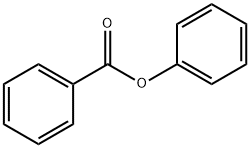




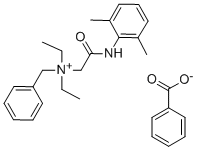
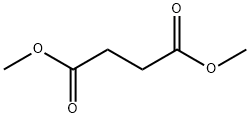
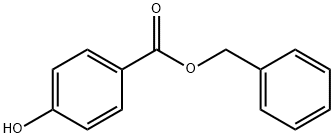
You may like
-
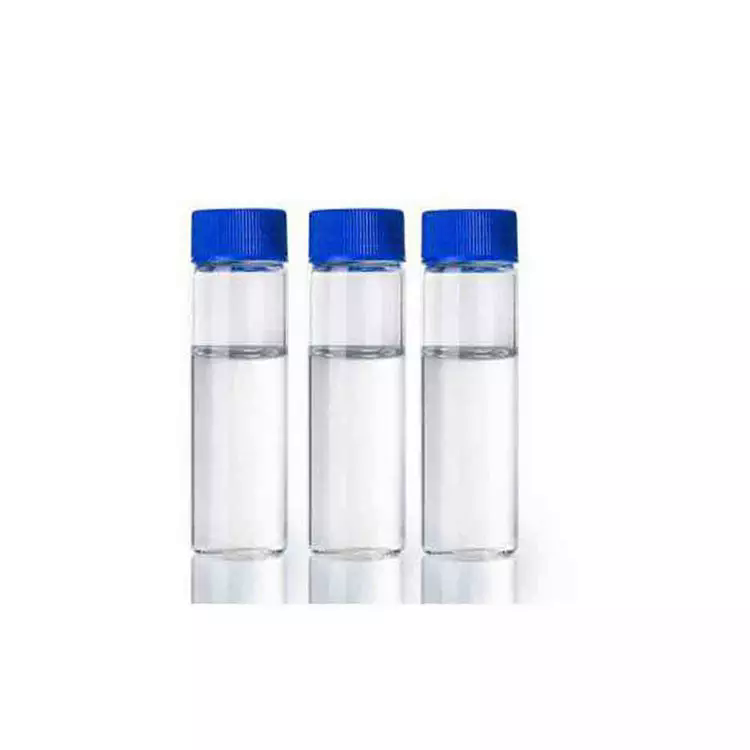 BENZYL BENZOATE 99%View Details
BENZYL BENZOATE 99%View Details -
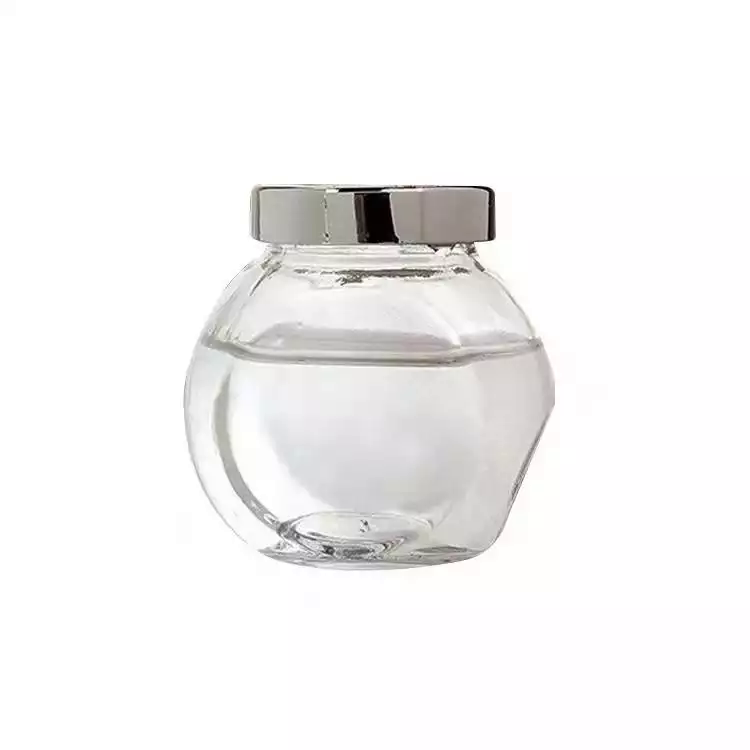 BENZYL BENZOATE 99%View Details
BENZYL BENZOATE 99%View Details -
 Benzyl benzoate CAS 120-51-4View Details
Benzyl benzoate CAS 120-51-4View Details
120-51-4 -
 Benzyl benzoate CAS 120-51-4View Details
Benzyl benzoate CAS 120-51-4View Details
120-51-4 -
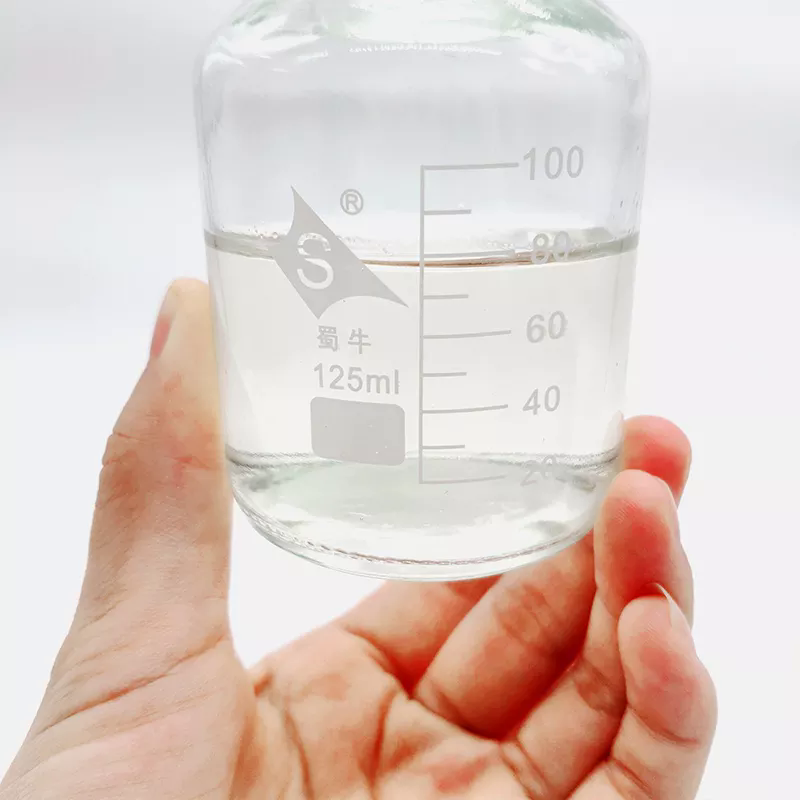 Benzyl benzoate 99%View Details
Benzyl benzoate 99%View Details
120-51-4 -
 Benzyl benzoate 98%View Details
Benzyl benzoate 98%View Details -
 Benzyl Benzoate (SQ) CAS 120-51-4View Details
Benzyl Benzoate (SQ) CAS 120-51-4View Details
120-51-4 -
 Benzyl Benzoate pure CAS 120-51-4View Details
Benzyl Benzoate pure CAS 120-51-4View Details
120-51-4
